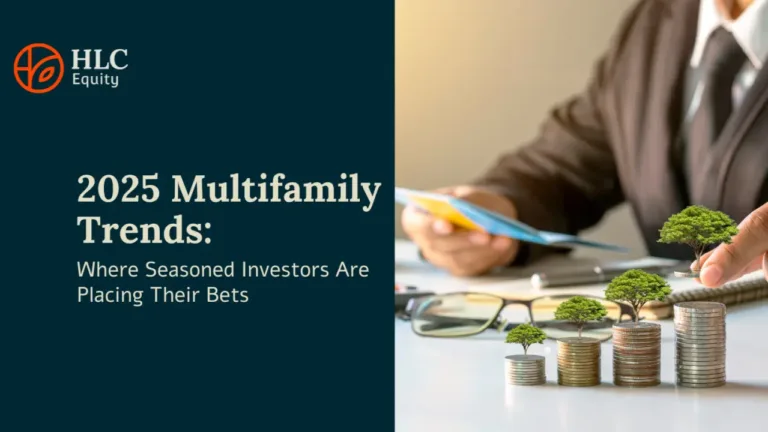
Introduction
As we move into 2025, the U.S. real estate market continues its transformation in the ftermath of the pandemic. With capital markets normalizing and demographic shifts creating new investment opportunities, this year marks a critical juncture for investors seeking stability and growth. This blog explores key market trends, backed by insights from ULI research and the Emerging Trends 2025 report.

1. Stabilizing Capital Markets
The Federal Reserve’s pivot from rate hikes to easing policies in late 2024 has been a game-changer for real estate markets. Capital has started flowing back into the sector, with transaction volumes rebounding across property types.
- Key Data Point: Industrial and multifamily properties accounted for 65% of the total investment volume in Q3 2024, highlighting their resilience and investor appeal
- Investor Takeaway: Lower borrowing costs in 2025 are expected to boost deal activity further, making this an ideal time to lock in financing for high-potential assets.

2. The Return of Investor Confidence
After a period of uncertainty, investor sentiment is turning positive. According to ULI’s surveys, 65% of firms anticipate “good” or “excellent” profitability in 2025, driven by robust tenant demand and improving capital access.
- Sectors to Watch: Logistics, multifamily housing, and workforce housing are leading the charge, with opportunities to generate strong yields even amid economic shifts.
- Investor Takeaway: Focus on sectors where tenant demand outpaces supply to secure stable, long-term returns.

3. The Role of Migration and Climate Factors
Demographic shifts are reshaping real estate opportunities. Sunbelt states like Texas and Florida continue to attract residents, but emerging markets in the Midwest, including Minneapolis and Indianapolis, are gaining attention due to affordability and climate resilience.
- Key Trend: Migration patterns show a shift toward secondary markets offering a mix of affordability and quality of life.
- Investor Takeaway: Diversifying into these secondary markets can mitigate risk while tapping into untapped growth potential.

Conclusion
The U.S. real estate market in 2025 is defined by stabilization and renewed confidence. Investors should focus on high-demand sectors and regions benefiting from demographic and economic shifts. With capital markets normalizing, now is the time to act strategically and position portfolios for long-term success.
Important Disclosures: Nothing contained in this blog post constitutes tax, legal, insurance or investment advice, nor does it constitute a solicitation or an offer to buy or sell any security or other financial instrument. Any such offer or solicitation will be made only by means of an offering memorandum and organizational documents (collectively, the “Offering Documents”). This blog and all content on this website are for informational purposes only. We urge investors to consult with licensed legal professionals and investment advisors for any legal, tax, insurance, or investment advice.


